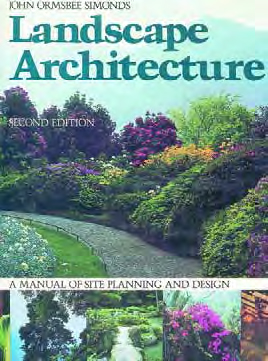textbook
Watershaping has changed dramatically through the past several years, and we all could probably come up with a hundred different reasons why. Here's the upshot: Clients are no longer merely asking us to build pools, spas or other bodies of water. Instead, they're asking us to create complete settings that include water. And when you compare where we are now to where we were, say, seven years ago, it's as though everything is different. What the changes mean is that many of us have been or are being forced to seek out more sophisticated approaches to the design process. I recently finished a book that provides amazing insight into exactly that process: Basic Elements of Landscape Architectural Design by Norman K. Booth (Waveland Press, 1990). The book was recommended to me by fellow landscape architect and watershaper
It's painfully obvious that too many mainstream watershapers are satisfied to treat each site in basically the same way. By contrast, I go to great lengths to examine each space from a variety of perspectives, and the fruits of that effort are reflected in the design work that follows. In fact, if I had to point to a single aspect of my design work that most often sets me apart from my competition, it's the detail I go into when examining a site. Certainly the best book I've ever read about site planning and analysis is the one I first encountered during my second year in college. Written by John Ormsbee Simonds, a distinguished instructor at Harvard Design School and Michigan State University, Landscape Architecture: A Manual of Site Planning and Design (McGraw Hill, 1983) is one of the most complete treatments of














